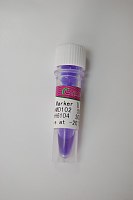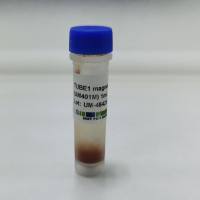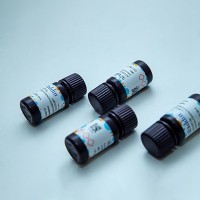The Extraction and Purification of DNA and RNA from In Vitro Cultures of the Malaria Parasite Plasmodium falciparum
互联网
479
Extraction of nucleic acids is fundamental to molecular genetic studies of parasitic organisms. DNA is required for gene bank construction and analysis of the genome, and RNA is needed for cDNA synthesis, analysis of transcription, and translation studies. Early methods of isolating DNA from the human malaria parasite P. fulciparum made use of anionic detergent and enzymic proteolysis to liberate the DNA, followed by purification on cesium chloride gradients (1 ,2 ). The first methods of extracting RNA involved harsh variants of phenol/chloroform extraction to overcome the problems of high protein:nucleic acid ratios and RNase activity (3 –5 ). However, a major disadvantage with these RNA protocols was that the DNA could not be recovered. An alternative approach to isolating nucleic acids makes use of highly chaotropic guanidinium salts plus detergent to efficiently strip off the protein and rapidly denature both DNases and RNases (6 ). This procedure, in combination with the differential density of DNA and RNA in solutions of high Cs+ concentration, makes it possible to extract and retrieve simultaneously both DNA and RNA, thus making maximum use of precious parasite mate- rial. This chapter details such a method adapted for P falciparum that gives high yields of DNA suitable for cloning and other manipu- lations, together with the modifications required to additionally iso- late the RNA component.






